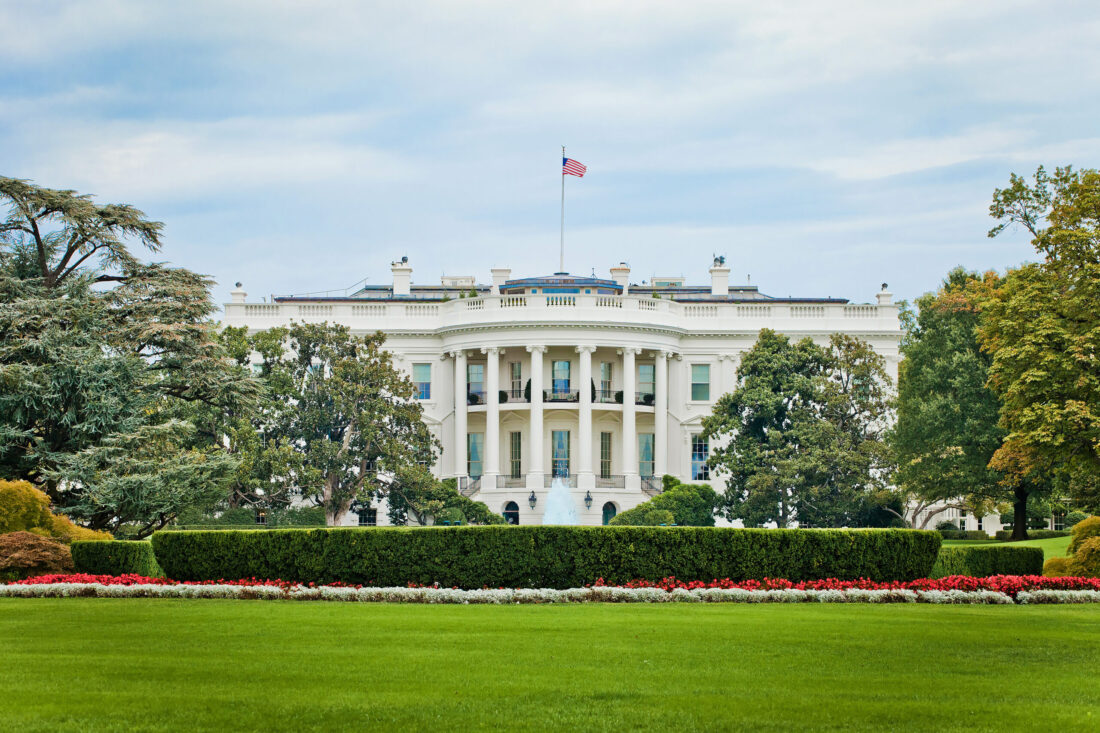Session 8 of the Congressional Study Group
As the executive branch’s legal views play a dominant role in determining when and how the president believes he may use military force, Congress has made a number of efforts over the past several decades to encourage the executive branch to disclose the legal basis for its uses of military force—at least to Congress, if not to the public. But how effective are the existing reporting obligations? And what can Congress do if the executive branch refuses to comply?
To discuss these issues, the study group was joined by outside expert Tess Bridgeman, who previously Deputy Legal Advisor for the National Security Council during the Obama administration and is now affiliated with Stanford’s Center for International Security and Cooperation and NYU Law School’s Reiss Center for Law and Security as well as co-editor in chief of Just Security. The study group coordinator Scott R. Anderson joined Bridgeman to discuss his own relevant work.
Prior to the session, Bridgeman and Anderson recommended several pieces as background reading, including:
- The War Powers Resolution Reporting Project, a database of past practice that Bridgeman played a lead role in assembling;
- Tess Bridgeman, “War Powers Resolution Reporting: Presidential Practice and the Use of Armed Forces Abroad 1973-2019,” Reiss Center on Law and Security (2020), a related report;
- Scott R. Anderson, “What a New Resource Says About the Value of War Powers Reporting,” Lawfare (Feb. 27, 2020); and
- Scott R. Anderson and Erica Newland, “Why the Trump Administration May End Up in Court Over War Powers Reporting,” Lawfare (Feb. 28, 2020).
Bridgeman also recommended 2011 testimony by then-U.S. Department of State Legal Adviser Harold Koh and an article by former senior State Department lawyer Todd Buchwald for added examples of how war powers reporting obligations have been interpreted in practice. And Anderson circulated a handout (download here) with some information on relevant legal authorities for attendees’ reference.
Bridgeman opened the conversation by discussing the results of her recent project on the 48 hours war powers reports required by the 1973 War Powers Resolution, which obligates the president to provide Congress with a report within 48 hours of U.S. troops entering hostilities or certain other circumstances absent a declaration of war. This report must contain a statement of the necessity for that action, its legal basis, and its expected duration. Arguably the keystone of the modern war powers reporting system, this reporting obligation has been relatively widely complied with, to the point that administrations have generally made most such notices available to the public as well as Congress. Based on her survey of the publicly available reports, however, Bridgeman noted several deficiencies in reporting practices, including a failure to disclose which conditions triggered the reporting obligation–which is in turn relevant to whether the War Powers Resolution’s separate 60-day withdrawal requirement has been triggered–as well as inadequate descriptions of the legal basis for and expected duration of the engagement at issue. On multiple occasions, the executive branch has also adopted unduly narrow definitions of “hostilities”—as well as strained assertions that “intermittent” engagements over a period of time do not constitute a single incident of “hostilities”—in order to avoid reporting and subsequent withdrawal obligations. And even more recently, the Trump administration declined to publicly disclose its 48-hour report on the January 2020 drone strike that killed Iranian military commander Qassem Soleimani, underscoring the fact that the public disclosure of those reports is a matter of practice, not statutory obligation. Congress, Bridgeman noted, could take steps to address these deficiencies in order to ensure it has a more complete picture of war powers-related activities–for example, by enacting a firmer definition of hostilities as well as more specific disclosure obligations relating to the international legal basis and anticipate duration for various given actions.
Anderson continued by discussing other war powers reporting obligations that Congress has installed. He observed that the recent trend has been towards more specific reporting obligations on specific sub-categories of actions, such as covert action, sensitive military operations, and related cyber operations, that direct relevant information to specific committees of concern, but do not always ensure broader awareness within Congress or among other interested committees. In 2017, Congress also enacted a new form of reporting obligation (at 50 U.S.C. § 1549), which sought to require that the president maintain and disclose to the public a “legal and policy framework” document for uses of military force that it had to update each year or after any major change. While the Trump administration had complied with this obligation in the past, Anderson noted that Trump had not filed its most recent report as required in March 2020, and that he was the plaintiff in a lawsuit to compel the president to disclose this report. By requiring that the unclassified portion of the report be released to the public, Anderson argued that Congress gave interested private organizations the standing to sue over the non-disclosure of the report, which in turn could also compel delivery of the report to Congress. In this sense, Anderson suggested, expanding public disclosure requirements could actually help Congress ensure it receives the more complete reports to which it is entitled by facilitating third party litigation. Moreover, if Congress wanted to make the disclosure of these reports easier to compel, it could also consider devolving them to lower ranking federal officials who (unlike the president) are subject to the requirements of the Administrative Procedure Act. (Shortly after the session, the executive branch settled Anderson’s lawsuit and provided the withheld report to both Congress and the public.)
From there the study group moved into open discussion, including on the challenges that committee jurisdictions and information sharing pose to effective oversight in this space, the best ways to structure reporting obligations for broad categories of information such as legal justifications, and the various costs and benefits of promoting public disclosure in addition to disclosure to Congress in regard to various categories of information.


